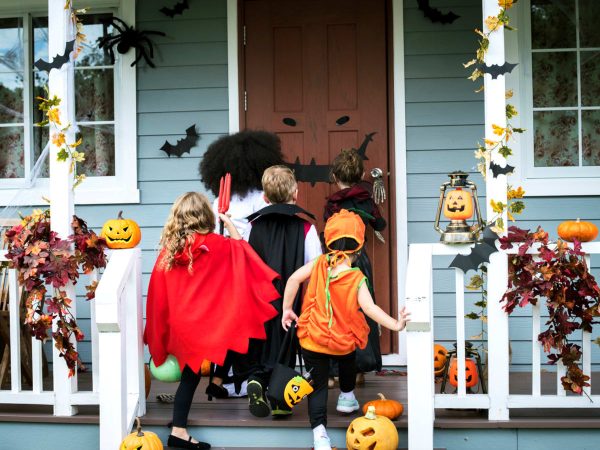Our Modern-Day Version of Christmas

https://mascola.com/insights/is-christmas-commercialism-such-a-bad-thing/
December 20, 2019
Across the country and the globe, thoughts of Christmas and the holiday season are immediately followed up with thoughts of gifts and money. The average American spends roughly $600-700 each year on holiday presents and treats. The holiday season started as a reason for families to gather together and celebrate their beliefs. Now, it’s a reason for people to spend money and go shopping. This is not always a bad thing but can be when that is the main focus of this time of year.
In the famous A Charlie Brown Christmas, several characters discuss the true meaning of Christmas and how it all started. Through the dialogue and actions of the characters, the main issue addressed is the now commercialized Christmas. The cartoon shows just how much time people spend on decorating and on writing wish lists instead of what it should be about – Christ and family. The modern-day Christmas has become so money and shopping based for many.
Another part of our society today is heavily influenced by social media. Platforms such as Instagram and Twitter oftentimes portrait the “perfect holiday” consisting of excessive amounts of gifts, money, and Starbucks. In reality, this time of year was not meant to be perceived that way. Someone does not need tons of money or gifts to be happy, but sadly so many today feel pressured to meet these standards.
Companies also majorly impact Christmas being commercialized. Last year alone, retail companies spent around $3.7 billion just on putting out holiday advertisements. Compared to even ten years ago, the amount of money spent on these kinds of purchases and advertisements has increased exponentially. Overall, the holiday season has grown into something very different from what it should be. Even in our own community, these ideas of buying so much stuff are sometimes modeled more than being with family.








